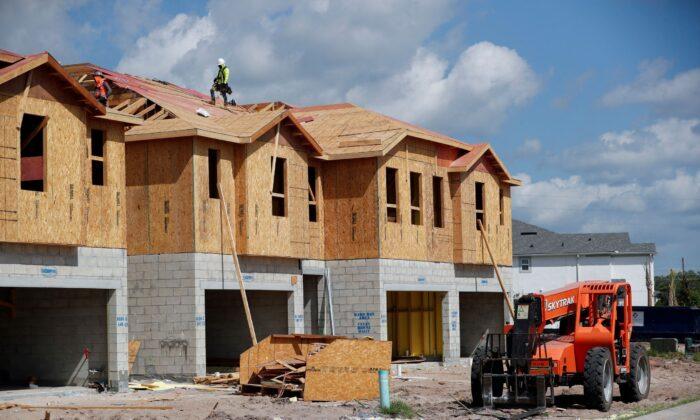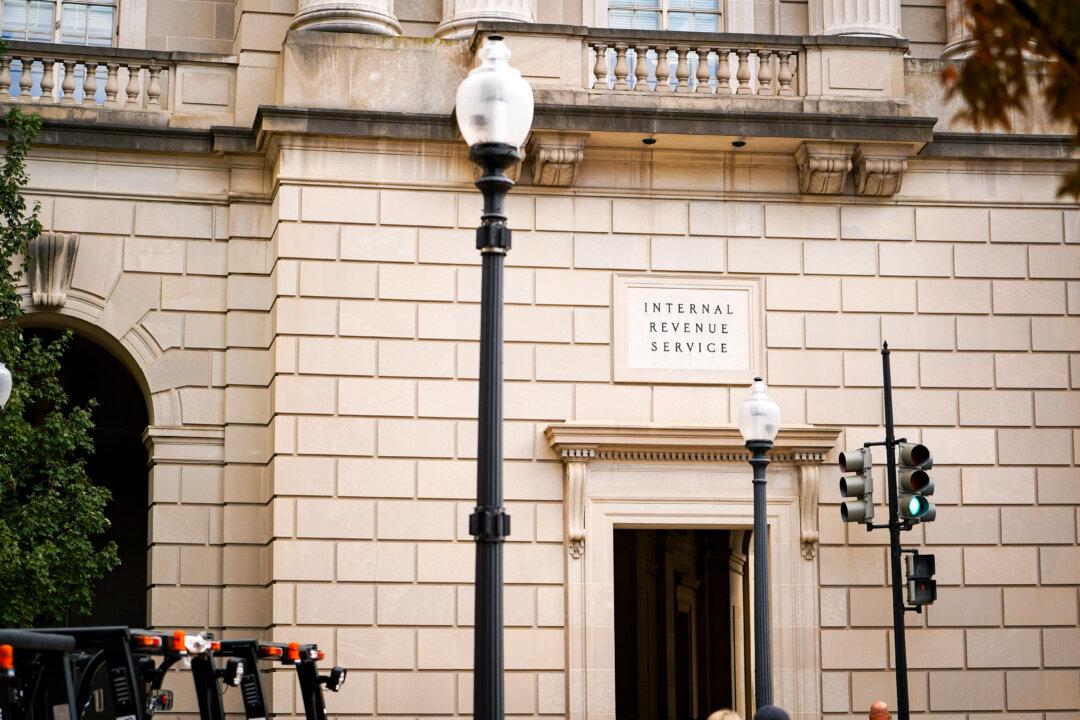Home prices in the United States increased by a multi-decade record rate in 2021 due to the COVID-19 pandemic and resulting change in housing location preferences, according to a recent report published by S&P Dow Jones Indices (S&P DJI).
The 10-city composite index went up by 17 percent for the year while the 20-city composite index surged by 18.6 percent. This was the highest increase ever for the 20-city composite and the second-highest for the 10-city composite.
Home prices have been rising at a “very high but decelerating rate” for the past months, said Craig J. Lazzara, Managing Director at S&P DJI. This deceleration “paused” in December. Home prices in all 20 cities are at their “all-time highs.”
The city which saw the biggest home price increase was Phoenix with price gains of 32.5 percent. Tampa saw an increase of 29.4 percent and Miami home prices rose by 27.3 percent. Region-wise, the South saw the highest price increase at 25.7 percent, followed closely by the Southeast at 25.6 percent.
“We have previously suggested that the strength in the U.S. housing market is being driven in part by a change in locational preferences as households react to the COVID pandemic,” Lazzara said.
“More data will be required to understand whether this demand surge simply represents an acceleration of purchases that would have occurred over the next several years rather than a more permanent secular change. In the short term, meanwhile, we should soon begin to see the impact of increasing mortgage rates on home prices.”
In the last quarter of 2021, only 54.2 percent of existing and new homes sold during the period were affordable to American families earning a median income of $79,900, down from 56.6 percent in Q3, data from the NAHB/Wells Fargo Housing Opportunity Index (HOI) revealed. This is the lowest affordability level recorded by the index since Q1, 2012.
National median home price during Q4, 2021 hit a record $360,000, which is $5,000 higher from the third quarter and $40,000 higher compared to the first quarter of last year. The average mortgage rate during Q4 was 3.16 percent, up from 2.95 percent in Q3.
“Supply chain disruptions stemming from labor shortages to lumber to home appliances and other building materials are delaying construction times and contributing to higher home prices,” NAHB Chairman Chuck Fowke, a custom home builder from Tampa, Florida, said in the news release.
Fowke asked policymakers to address such issues to lower construction costs and make housing more affordable.





